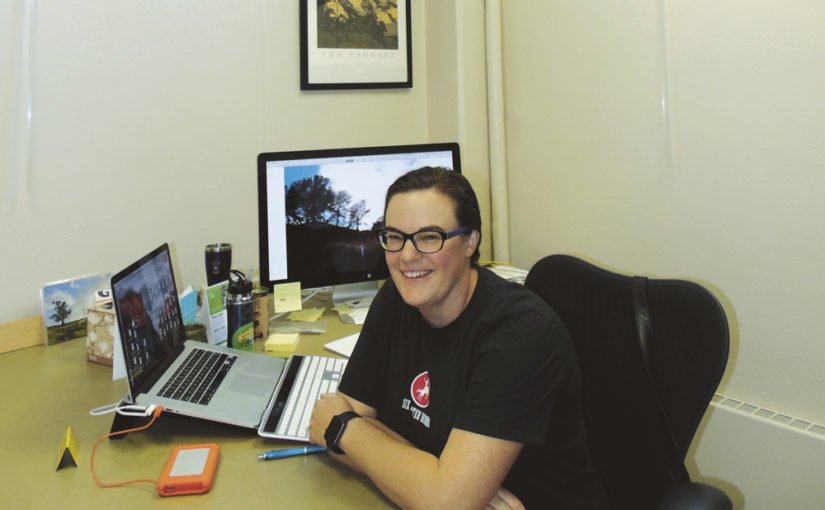“They’re maybe not saved, yet,” says Professor Jill Hamilton, speaking about the endangered Torrey Pine trees found in only two locations globally.
The genetic conservation project works towards preserving these trees through preserving genetic information found in both species of tree to eventually grow or restore future generations.
The trees experience very little genetic diversity — the most notable difference being height — but that might have to do with the trees’ location.
One tree grows in San Diego with very little wind while the other grows in an island environment experiencing a lot of wind, so Hamilton and her team are hesitant to blame their shorter stature on poor genetics.
They’re doing an experiment where they plant both mainland trees and island trees in the same habitat and observe the differences.
They’ve identified some genetic differences between populations, and they’ve also planted hybrids between the two which appear to be doing much better than either pure parent species.
These hybrids offer hope for the long term survival and rescue of this rare tree.
The traits measured include height, which is an indicator of fecundity; or how many cones are produced. This offers an idea of their likelihood for survival.
“The whole point is to produce future generations … the hybrids have different growth patterns than the parent species,” Hamilton said.
The trees are iconic in the southern California region. They’re a communal aspect of life and they provide homes to vertebrates both above and below ground.
They provide habitats for other species, too.
To Hamilton, these trees are comparable to redwoods. They’re just a part of life.
In terms of looks, they don’t look like a traditional pine tree like a Christmas tree. They look like an oak tree, only with pine needles and are tall. Very tall.
These trees can be around four stories tall. Professional tree climbers are required to retrieve the pine cones the researchers collect.
The seeds collected are kept in a seed bank, in case trees need to be reestablished into an ecosystem.
The research program is interested in the genetic diversity and growth of the trees.
The trees face one enemy that could be detrimental to their survival known — the five-spined engraver beetle, a bug that can destroy the trees in only a matter of days.
The beetles burrow into a tree through a hole the size of the head of a pin then destroy the tree.
One pinhole means thousands of bugs. Hamilton’s research team has partnered with another team, observing the beetle to better ensure the survival of the trees.
Unfortunately, there is no way to prevent the beetle from existing within the tree.
The students working on this project with Hamilton range anywhere from undergraduate to PhD students, and they observe the trees yearly in California.
The research is ongoing and consistent, with the interest of tree survival in mind.
